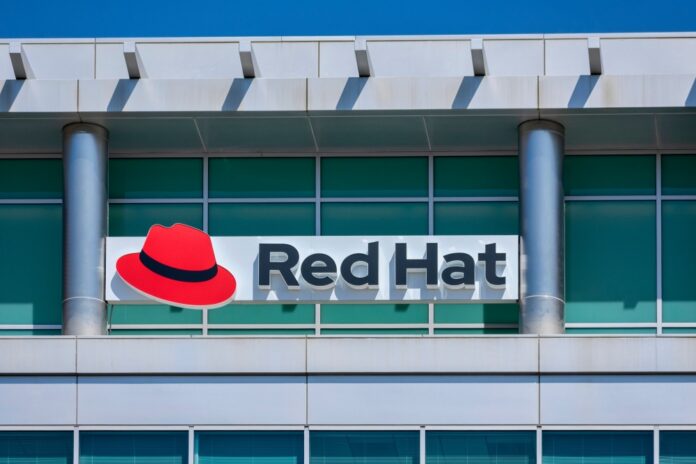Timo Jokiaho, Red Hat’s Chief Technologist for Global Telco Ecosystems, looks at possible 5G edge use cases, the edge opportunities for telcos and the role for systems integrators.
The public may not understand the 5G edge or network slicing but they are not hard to grasp. A good analogy is to think of 5G as being like the international airline business with aircraft flying passengers and cargo all over the globe all the time, and the airport as the edge. Here many different services are on offer to passengers, from baggage handling to baguettes, and even more for business to business, from air control to aviation fuel.
Many of the airport’s services do not impact and are of no relevance to the massive global industry and infrastructure behind the airport, and it’s the same with the edge. Much of the data is gathered, processed, analysed and acted on close to where it is generated and stored locally – none or only a portion of it needs to traverse the network, depending on the application.
Like dedicated network slices enabled by 5G at the edge, the services on offer at the airport are tailored and scaled to meet specific needs at particular times, and support many different business and operational models.
Airports are a great example of where edge applications and network slices could be deployed, to deal with huge volumes of data and act on them fast – such as to deal with congestion when too many planes arrive at once due to delays elsewhere. Network slices are dynamic: the aim is that they can be set up, scaled and torn down dynamically to meet demand, but there are literally thousands of applications across every industry vertical that could benefit too, from agriculture to logistics, mining, manufacturing, transportation and travel.
Some, such as the airline industry were ‘paused’ during the pandemic, others gained terrific impetus from it. Healthcare is a good example, and like many other industries, it is has many stakeholders that need to collaborate to deliver the best care to customers, or patients in healthcare’s case.
Where are the real opportunities for telcos?
The size of the healthcare opportunity was spelled out in a report on ehealthcare published by TM Forum in December 2020, which pointed out that the global healthcare business was worth $8.5 trillion a year – five times more than telecoms. Yet while 40% of large communications service providers (CSPs) have a healthcare line of business, on average it generates less than 1% of their total revenues.
The seriously good news for CSPs that the telco edge is not the same as that provided by the cloud hyperscalers – it can provide unmatched latency, security and resiliency, which are all magic to every enterprise’s ears. And as 5G Standalone proliferates in the coming months, the CSPs will be able to leverage these attributes for network slices at the edge. A whole new digital world is about to open up.
Red Hat’s OpenShift, a Kubernetes platform, is one of the most advanced technologies for virtual radio access networks (vRAN) or multi-access edge compute (MEC), and integration between the two. It can make the telco cloud happen and it needs to happen.
The ever-growing amount of data and the huge number of sensors and devices used in IoT applications across all sectors is a problem for traditional networks, because devices need to be connected and data needs to be filtered. This can be done far more efficiently at the edge – and much of the data can be deleted to extract the relevant information or insights.
Put another way, 5G helps rationalise and re-engineer how data is used, avoiding network congestion and latency, avoiding congestion and delays while reducing latency, in public and private networks.
Where do system integrators add value?
Although there have always been private networks – perhaps most notably for first responder services – 5G means they are set to outstrip public 5G infrastructure deployments, according to RAN Research. From farming to factories and pharmaceuticals increasingly data will be collected, held and processed at the point where it is needed.
Access to data in real time or near real time, means adjustments can be made very rapidly, optimizing all kinds of resources, from seeds to sheet metal, electricity to engine oil, through data-driven interventions and predictive capabilities.
GSA is tracking 370 companies across the globe that are looking to invest in private 5G networks, although many are still at the stage of exploring how to use their 5G suitable spectrum licences and currently at various stages of planning, testing, trials and pilot schemes. It also noted that LTE is used in 64% of the private mobile networks it has identified – a. big fall from 81% in October 2020.
It is hard to overstate how much we need to leverage the power of data to help us combat future pandemics and the climate emergency. People might know that sensors can be used to gather data about temperature, humidity, CO2 levels, particulates and air quality, but they probably won’t comprehend the staggering volumes of data that cross our towns, cities, countries and even regions to reach distant data centres – and the huge amounts of energy that consumes.
The combined power of 5G at the edge and network slicing offers unprecedented opportunities to CSPs and verticals sectors – now we just need to work out how to step up to meet the demand.
Watch Timo on-demand to hear more about new use cases and promising edge opportunities from the Red Hat Open5G event, and the panel discussion he held with speakers from Atos, Bharti Airtel, BT and Verizon, on October 6.


